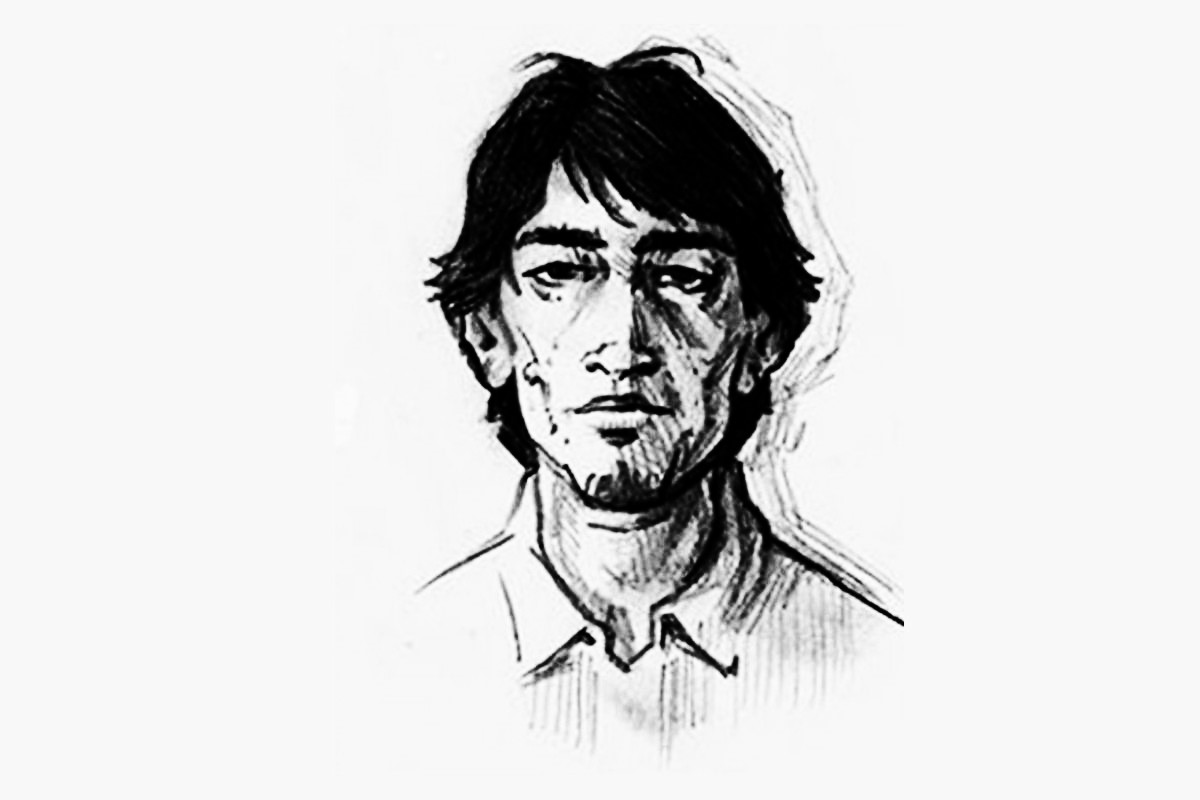
Who was Charlie Chop Off? This chilling name refers to an unidentified serial killer who terrorized New York City in the early 1970s. Charlie Chop Off targeted young boys, predominantly African American and Puerto Rican, committing heinous acts that left the community in fear. The killer's brutal methods and the racial aspect of the crimes added layers of horror and urgency to the case. Despite extensive investigations, Charlie Chop Off was never caught, leaving a haunting mystery that still lingers. This blog post delves into 35 facts about this elusive and terrifying figure, shedding light on one of the darkest chapters in New York City's history.
Key Takeaways:
- Charlie Chop Off was a terrifying serial killer in 1970s New York who targeted young boys, causing fear and panic in the community. Despite extensive investigations, the case remains unsolved.
- The impact of Charlie Chop Off's crimes led to increased safety measures, community vigilance, and a decline in outdoor activities for children. The case continues to intrigue and haunt people to this day.
Who Was Charlie Chop Off?
Charlie Chop Off was a notorious serial killer who terrorized New York City in the early 1970s. His gruesome crimes shocked the community and left a lasting impact on the city's history.
- Charlie Chop Off targeted young boys, primarily African American or Puerto Rican, between the ages of 8 and 10.
- The nickname "Charlie Chop Off" was given by the media due to the brutal nature of the attacks, which often involved mutilation.
- His first known victim was an 8-year-old boy named Douglas Owens, who was found in March 1972.
- The killer's modus operandi included luring boys away from their homes or playgrounds with promises of money or candy.
- Charlie Chop Off's attacks were concentrated in the Harlem and Upper West Side neighborhoods of Manhattan.
- The killer's preferred weapon was a knife, which he used to inflict severe injuries on his victims.
- Despite extensive investigations, the police struggled to find concrete leads or evidence linking anyone to the crimes.
- The fear and panic caused by the murders led to increased police presence and community vigilance in the affected areas.
- Charlie Chop Off's reign of terror lasted for approximately two years, from 1972 to 1974.
- The killer's final known victim was a 9-year-old boy named Luis Ortiz, who was attacked in August 1973 but survived.
The Investigation and Suspects
The investigation into Charlie Chop Off's crimes was one of the most challenging cases for the NYPD. Multiple suspects were considered, but the case remains officially unsolved.
- One of the primary suspects was a man named Erno Soto, who was arrested in May 1974.
- Soto had a history of mental illness and was known to frequent the areas where the attacks occurred.
- Despite being a strong suspect, there was insufficient evidence to charge Soto with the murders.
- Soto was eventually committed to a psychiatric hospital, where he remained for the rest of his life.
- Another suspect was a man named Jerome Brudos, who was already serving time for unrelated crimes.
- Brudos was questioned but ultimately ruled out as a suspect due to lack of evidence.
- The police also considered the possibility that the killer was someone familiar with the victims' neighborhoods.
- Despite numerous tips and leads, the investigation hit multiple dead ends.
- The case was further complicated by the lack of forensic technology available at the time.
- Some investigators believed that Charlie Chop Off may have had an accomplice, but this theory was never proven.
Impact on the Community
The brutal nature of Charlie Chop Off's crimes had a profound impact on the communities of Harlem and the Upper West Side.
- Parents became increasingly protective of their children, often escorting them to and from school.
- Community organizations and neighborhood watch groups were formed to increase safety.
- The murders highlighted the racial and socio-economic tensions in New York City during the 1970s.
- Media coverage of the crimes was extensive, further fueling public fear and anxiety.
- The case brought attention to the need for better mental health services and support in the community.
- Some residents criticized the police for not doing enough to protect vulnerable children.
- The fear generated by the murders led to a temporary decline in outdoor activities for children.
- Schools and local businesses implemented stricter safety measures to protect children.
- The case remains a topic of discussion and speculation among true crime enthusiasts and historians.
- Charlie Chop Off's crimes are often compared to other infamous serial killers of the era, such as the Zodiac Killer and Son of Sam.
Legacy and Unsolved Mysteries
Despite the passage of time, the mystery of Charlie Chop Off continues to intrigue and haunt those who remember the case.
- The case remains one of New York City's most infamous unsolved mysteries.
- Advances in forensic technology have led some to hope that the case might one day be solved.
- Documentaries and books have been produced, exploring the details and theories surrounding the murders.
- The case has inspired fictional portrayals in movies and television shows.
- Charlie Chop Off's crimes serve as a grim reminder of the dangers that can lurk in urban environments.
Final Thoughts on Charlie Chop Off
Charlie Chop Off remains one of New York City's most chilling unsolved cases. The brutal crimes committed in the early 1970s left a lasting impact on the community and law enforcement. Despite numerous investigations and a prime suspect, the identity of the killer remains a mystery. This case highlights the challenges faced by detectives in solving crimes with limited technology and resources. It also serves as a grim reminder of the importance of vigilance and community cooperation in ensuring public safety. While the victims' families still seek closure, the story of Charlie Chop Off continues to be a haunting chapter in the annals of criminal history. Understanding these facts not only sheds light on past investigative hurdles but also underscores the need for advancements in forensic science and criminal justice.
Frequently Asked Questions
Was this page helpful?
Our commitment to delivering trustworthy and engaging content is at the heart of what we do. Each fact on our site is contributed by real users like you, bringing a wealth of diverse insights and information. To ensure the highest standards of accuracy and reliability, our dedicated editors meticulously review each submission. This process guarantees that the facts we share are not only fascinating but also credible. Trust in our commitment to quality and authenticity as you explore and learn with us.


